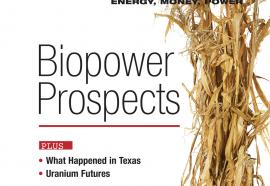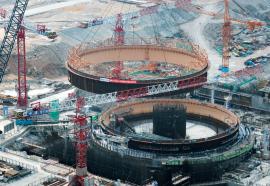Smart Grid in America and Europe (Part I)
Similar desires, different approaches.
Smart grid is a global phenomenon, but different countries are taking different approaches—for different reasons. For instance, utilities in Europe are more focused on laying the foundation for distributed generation and microgrids, while the United States is more concerned about creating standards for interoperability and security. Understanding the differences can help decision makers deploy smart grid technology effectively and economically.









